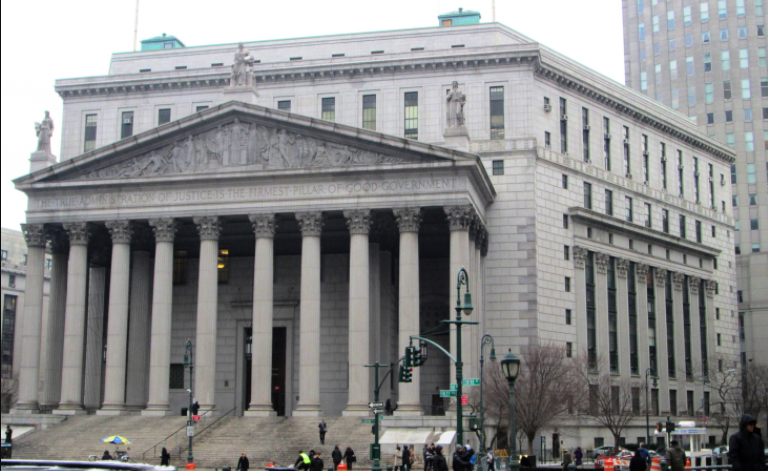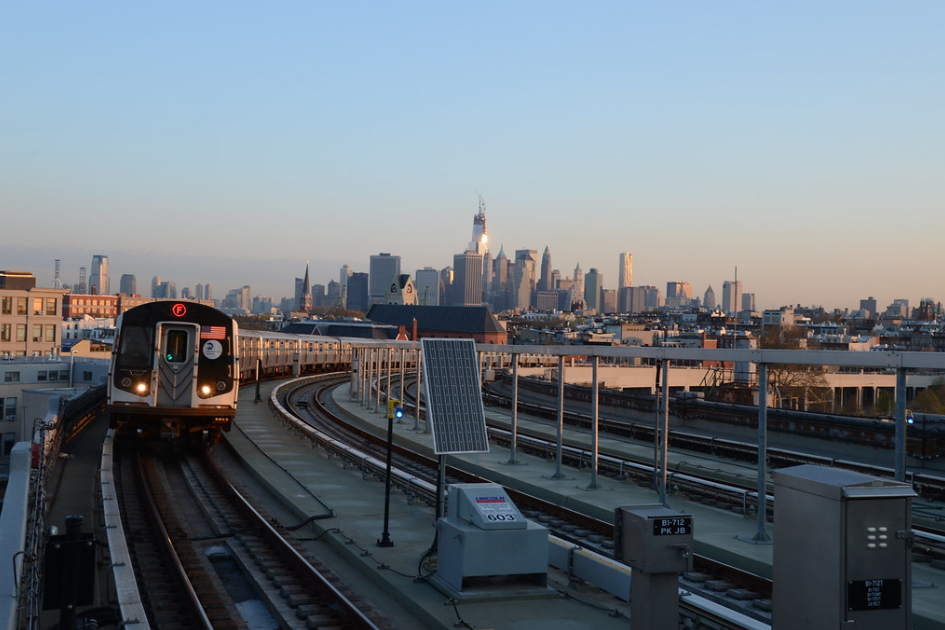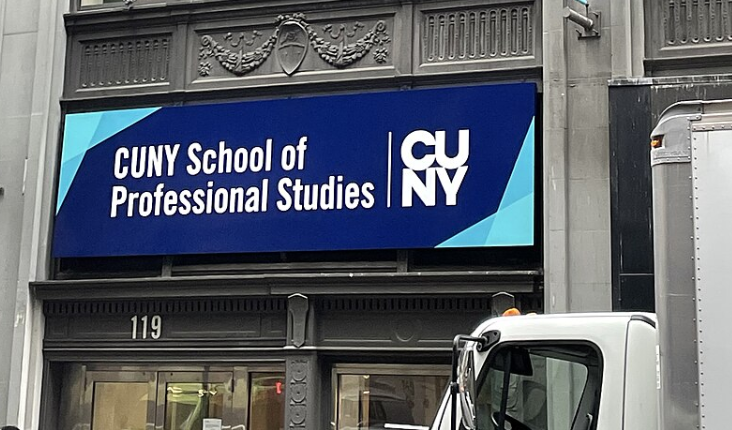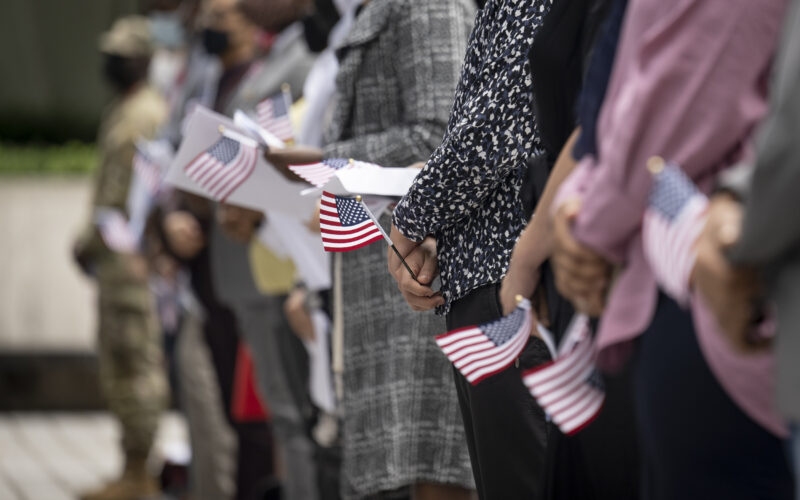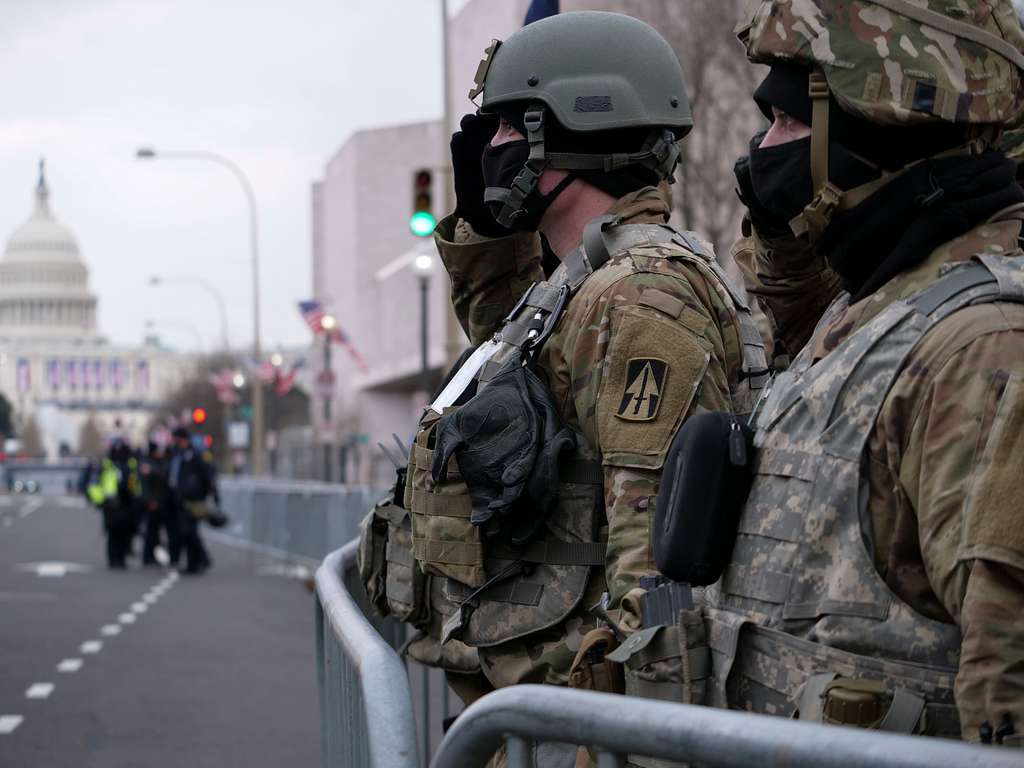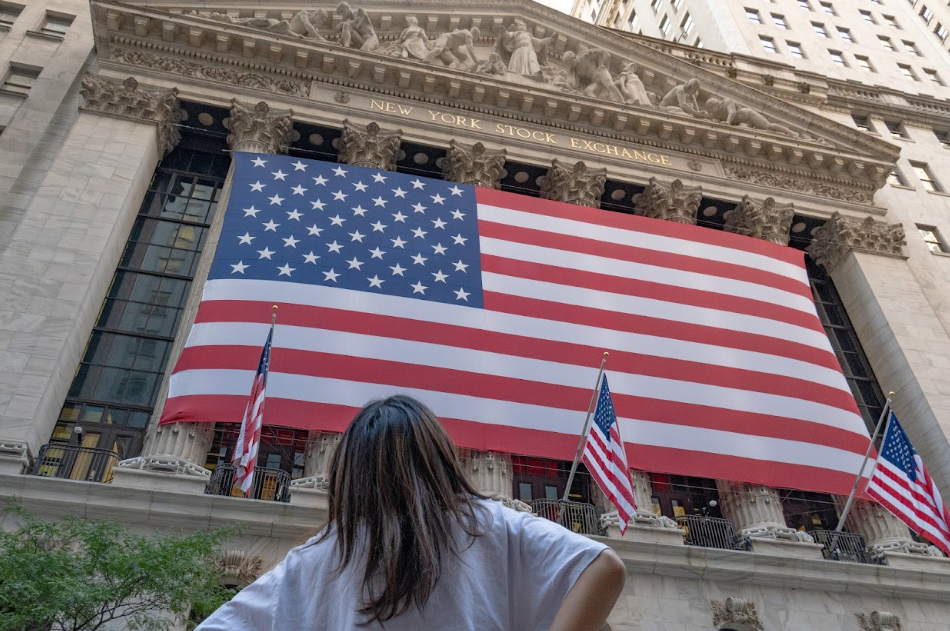As a recent review from the Special Adviser on Equal Justice in New York found many instances of racism in New York’s courts, a pattern emerges among those who are meant to be just and unbiased. Now, some wonder to what extent personal prejudice and racism affect the state’s court rulings.
Jeh Johnson, former Homeland Security secretary for former U.S. President Barack Obama, led a review that discovered an extensive amount of racism in New York courts from judges, court officers and lawyers.
Interviewing almost 300 people including, but not limited to, judges, clerks, officers and attorneys, the report’s findings were nothing short of embarrassing.
“In one form or another, the #1 complaint we heard from multiple interviewees from all perspectives was about an under-resourced, overburdened court system, the dehumanizing effect it has on litigants and the disparate impact all this has on people of color,” the report said.
Some incidents include social media posts depicting Obama with a noose around his neck, referring to Black court officers as “good monkeys” and an officer saying he would have done better in his firearms test if he had been given a “Sean Bell target,” referring to an unarmed Black man killed by police officers in 2006.
“According to interviewees, these incidents were reported, but the court officers involved were not disciplined,” the report said.
The report names the Housing, Family, Civil and Criminal courts of New York City to be the courts with the higher amounts of complaints and the least amount of resources available to resolve these complaints.
From a criminal view, this is astonishing, considering Black people make up 15%of the state’s population but make up almost half of the state’s jail and prison populations.
This concern was raised in the report, noting, “The picture painted for us was that of a second-class system of justice for people of color in New York State.”
The amount of racism found in these courts, the lack of resources and reluctance to implement such tools that courts would need to resolve the systematic racism found are what one judge called, simply put, “the very definition of institutional bias.”
Some interviewees of this review went as far as to say that the choice to not address the racial bias in these courts was “deliberate.”
What this report proves is that New York’s justice system is prejudiced and serves people of color disproportionately.
The calculated lack of resources in the justice system, along with repeated reports of racism towards staff and litigants of color, is a stark indicator of the kind of justice the New York courts are serving.
If anything, this should be a wake-up call for the justice system to reevaluate cases to ensure that justice is served equally and equitably from here on out.


